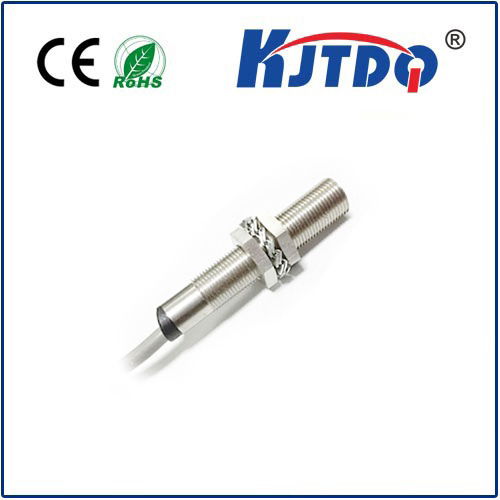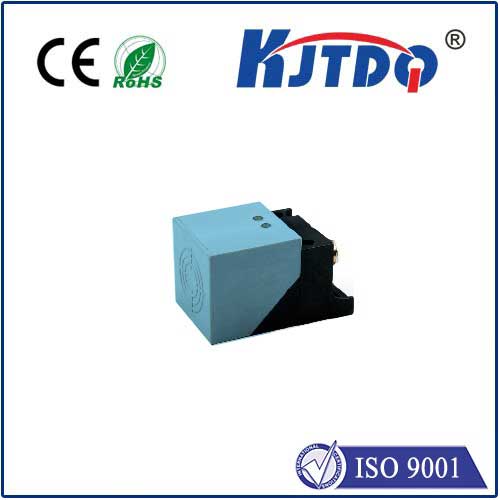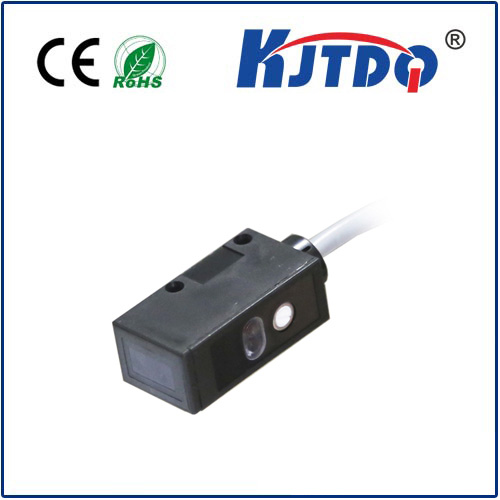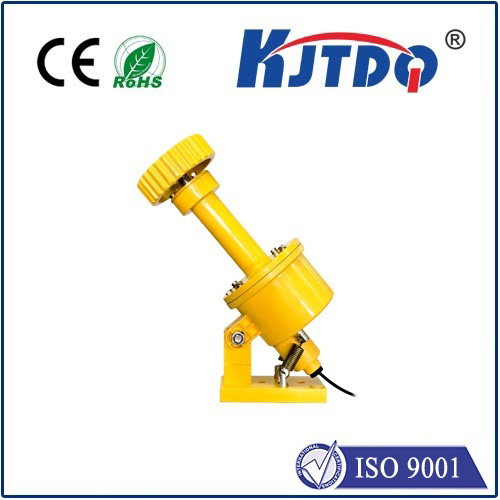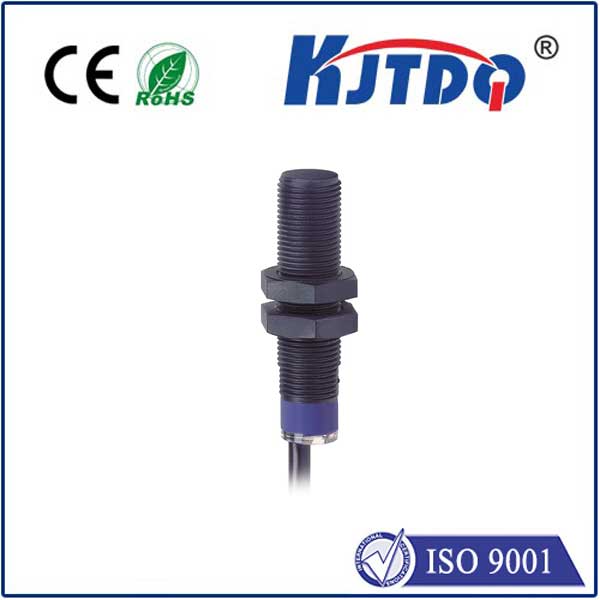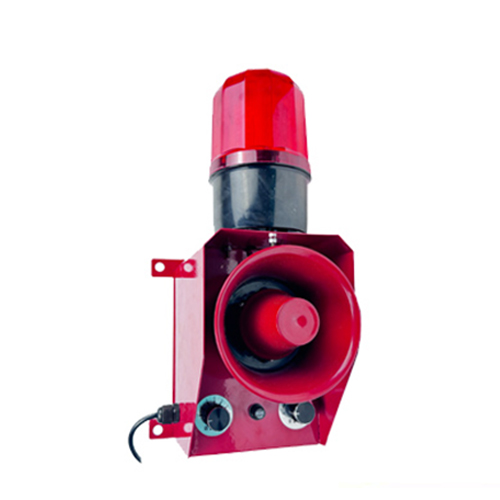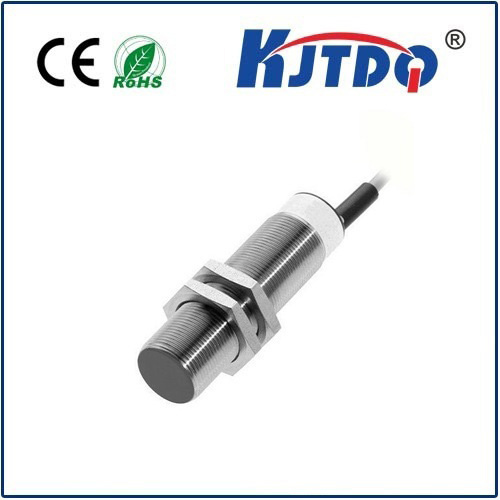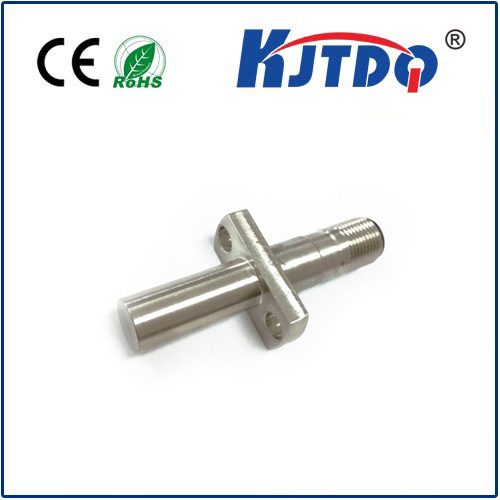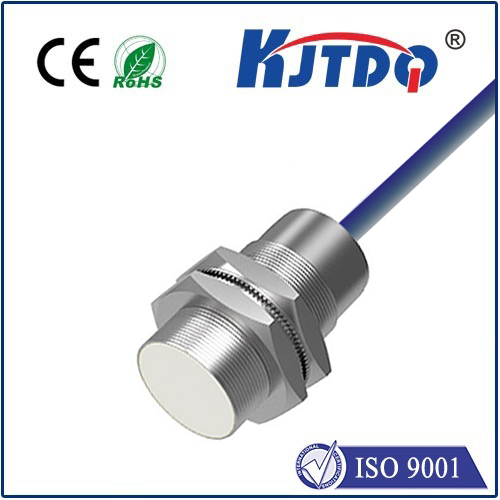ultrasonic proximity sensor price
- time:2025-06-25 01:57:42
- Нажмите:0
Unlocking Ultrasonic Sensor Pricing: Key Factors Behind the Cost
Ever wondered why that tiny ultrasonic proximity sensor can range from a few dollars to hundreds? Whether you’re building a robot, automating a factory line, or creating a smart parking system, understanding ultrasonic proximity sensor price is crucial for smart budgeting. Like many electronic components, the cost isn’t arbitrary; it reflects a complex interplay of technology, features, and market dynamics. Dive in as we demystify the factors shaping your investment in these versatile distance-detection devices.
At its core, the fundamental technology behind ultrasonic sensing – emitting sound waves and timing their echo return – is well-established. This contributes to the availability of very affordable entry-level sensors, particularly popular with hobbyists and educators. These basic units, often found on platforms like Arduino or Raspberry Pi, might cost between \(2 and \)25. They offer simplicity and accessibility but typically come with limitations: shorter detection ranges, lower resolution, minimal environmental sealing, and less sophisticated signal processing.

However, stepping into industrial, automotive, or demanding commercial applications reveals a vastly different ultrasonic proximity sensor price landscape. Here, performance, reliability, and longevity are paramount, driving up costs significantly. Let’s break down the primary factors influencing that price tag:
- Technical Specifications & Performance:
- Detection Range: This is paramount. Sensors detecting objects at 50 cm are inherently less complex and cheaper than those reliably measuring 5 meters or 10 meters. Achieving longer range requires more powerful transducers and sophisticated echo processing, increasing cost.
- Accuracy and Resolution: High-precision applications (e.g., medical devices, precision manufacturing) demand sensors with minimal margin of error. Achieving sub-millimeter accuracy involves higher-quality components and advanced signal algorithms, directly impacting ultrasonic sensor cost.
- Beam Angle: A narrow beam angle provides better target discrimination in cluttered environments but requires more precise manufacturing, potentially raising the price compared to wider-angle counterparts.
- Response Time: How quickly the sensor detects changes and outputs a signal matters for high-speed automation. Faster response times necessitate optimized electronics and processing, adding to the expense.
- Robustness & Environmental Protection:
- Ingress Protection (IP Rating): Sensors destined for harsh environments – dusty workshops, outdoor use, washdown areas, or underwater applications require high IP ratings (e.g., IP65, IP67, IP69K). Achieving these ratings involves specialized seals, ruggedized casings, and rigorous testing, significantly boosting both ultrasonic sensor price and reliability.
- Temperature Range: Industrial or automotive sensors must operate flawlessly across extreme temperature ranges (e.g., -40°C to +85°C or beyond). Designing components and materials to withstand such conditions reliably adds cost.
- Chemical Resistance: Exposure to oils, solvents, or cleaning agents demands specific housing materials, another cost factor.
- Features & Output Options:
- Analog vs. Digital Outputs: Basic models might offer simple digital outputs (on/off). More versatile sensors provide analog outputs (voltage/current proportional to distance) or serial communication (UART, I2C), offering richer data and integration flexibility but increasing complexity and price.
- Integrated Processing & Intelligence: Sensors with built-in diagnostics, temperature compensation, noise filtering algorithms, or self-calibration capabilities offer superior performance and ease of use but command a higher ultrasonic proximity sensor price due to added processing power and software.
- Form Factor & Mounting: Specialized housings, specific thread types (e.g., M18, M30), or compact designs tailored for tight spaces can influence manufacturing costs.
- Brand Reputation & Quality Assurance:
- Choosing a reputable manufacturer often correlates with higher reliability, consistent performance, stringent quality control (QC) processes, comprehensive datasheets, and robust technical support. This peace of mind and reduced risk of failure comes at a premium compared to lesser-known brands or generic alternatives. Consider the total cost of ownership (TCO) – a slightly more expensive, reliable sensor usually proves cheaper long-term than replacing failed budget units.
- Certifications & Compliance:
- Sensors used in regulated industries (automotive, medical, aerospace) or specific regions often require certifications like CE, UL, ATEX (for hazardous areas), or FCC. Obtaining and maintaining these certifications involves significant testing and administrative costs, inevitably reflected in the ultrasonic proximity sensor price.
- Order Volume & Supply Chain:
- Like most electronics, volume pricing applies. Purchasing hundreds or thousands of units unlocks significant discounts per sensor compared to buying single units. Conversely, market fluctuations, component shortages, or logistics challenges can temporarily inflate prices.
Finding the Right Balance: Value vs. Ultrasonic Proximity Sensor Price
So, what’s the actual range? Let’s recap with context:
- Hobbyist/Educational: \(2 - \)25 USD (Basic modules, short range, minimal protection).
- Industrial Automation (Standard): \(50 - \)200 USD (Moderate range, good accuracy, IP67 protection, analog/digital outputs).
- High-Performance/Industrial Rugged: \(200 - \)600+ USD (Long range, high accuracy/resolution, extreme IP ratings, wide temperature range, advanced features).
- Specialized/Application-Specific: Can exceed $1000 USD (Custom designs, medical/automotive certifications, unique form factors).
Critical Buying Considerations:
- Never prioritize price alone. Define your application requirements first: required range, needed accuracy, operating environment (dust, moisture, temperature), output signal type, and necessary robustness. Buying an under-spec sensor is false economy.
- Factor in total cost. Include potential mounting hardware, cabling, and the cost of sensor failure/downtime in your calculations. High-quality sensors offer superior longevity and reliability.
- Understand the datasheet. Look beyond marketing specs; scrutinize graphs showing accuracy vs. distance, temperature effects, beam patterns, and response times.
- Consider reputable distributors. They provide reliable supply chains, technical support, and often handle warranty claims efficiently.
Ultimately, the ultrasonic proximity sensor price is a reflection of the value delivered – precision, reliability, durability, and suitability for the task. Investing in the right sensor tailored to your specific application ensures optimal performance, minimizes headaches, and delivers the best return on investment over time. While tempting, the cheapest option often proves the most expensive in the long run.

